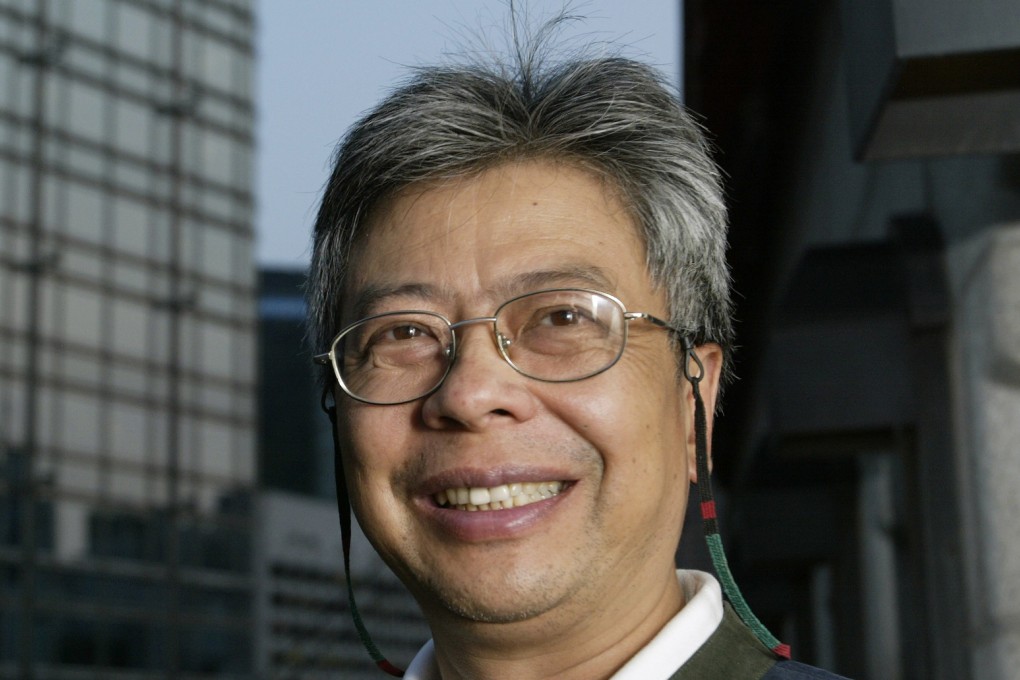Interview: Wong How-man, Hong Kong explorer and preservationist


'I am a very early riser and usually get up at dawn. I don't need an alarm clock. Sometimes, when I'm in a hotel and I have an important meeting, I'll ask for a wake-up call as a precaution but, generally speaking, it's never necessary. The first thing I do each morning is check my e-mail. Then, around 7am, my maid will bring me my tea. I don't have breakfast unless I have house guests. I live in a village in Tai Tam Bay where there is no road access. We have our own pier with a Boston Whaler [motor boat] and a boatboy at our disposal. The boat picks me up at 8am and I arrive at my office in Ocean Park by about 8.30. My mornings are usually spent writing or whatever requires a clear head. I go through the routine administration work: calling my staff in China; looking at the progress of our projects - my NGO, the China Exploration and Research Society, has about 20 projects right now, ranging from preserving a Tibetan nunnery to saving golden monkeys and black-necked cranes - and checking on how many new puppies have been born at our Tibetan mastiff kennel.
I try not to have any meetings in the morning because that's when I'm most awake, but I usually make a call for a few minutes to one of our financial supporters to keep them informed about what's going on. I usually have lunch with my colleagues or with a supporter of the NGO. My favourite restaurant in Hong Kong is Yung Kee for Chinese food and the Helena May Club for western food.
The afternoon is for business meetings. I usually don't socialise in the evening and I like to eat at home. Sometimes I invite friends over for dinner, but I wind up the day by reading until my eyes fail me at 10pm or 11pm.
I read non-fiction and, occasionally, fictionalised historical accounts of the areas I'm visiting. I would say that I have one of the most important private libraries in Asia focusing on the remote areas in western China, with more than 5,000 books.
Right now I'm revisiting many of the stories from the 1940s and 50s about Hainan Island. This is the latest project keeping us very busy. We are racing against a deadline and desperately trying to get the attention of the local government to save 40 century-old houses of the Li minority people. The area where the village is located has been saved as a reserve to protect the Hainan gibbon. In the 50s it was said there were 2,000 of them; today there's only 14. A road has recently been built and when I was there recently, I discovered a very traditional Li village, with old ladies with tattoos covering their bodies and houses made of mud and dried grass. Despite the opening of the island in the 80s, the village had been left alone because it was inaccessible and it is completely untouched. It is truly amazing that just an hour's flight from Hong Kong and a few hours by car you can still find this architecture in a pristine state. But, on our way in, we came across the bulldozer that was going to destroy everything to make space for modern constructions. What we're hoping to do is to preserve about 10 buildings and give them a new lease of life. Conservation is not about preserving things as they are, but unlocking value. Some of the buildings may be used as community centres, others as a clinic, or a theatre, or a school. We're thinking about multi-aspect planning; this is something we're very good at. For example, we have preserved more than 20 log cabins of the Lisu hill tribe in Yunnan, to be used partly as a museum with a small theatre, partly by researchers on bio-diversity and cultural diversity, partly as a hostel for tourists and partly as a restaurant/tea house.